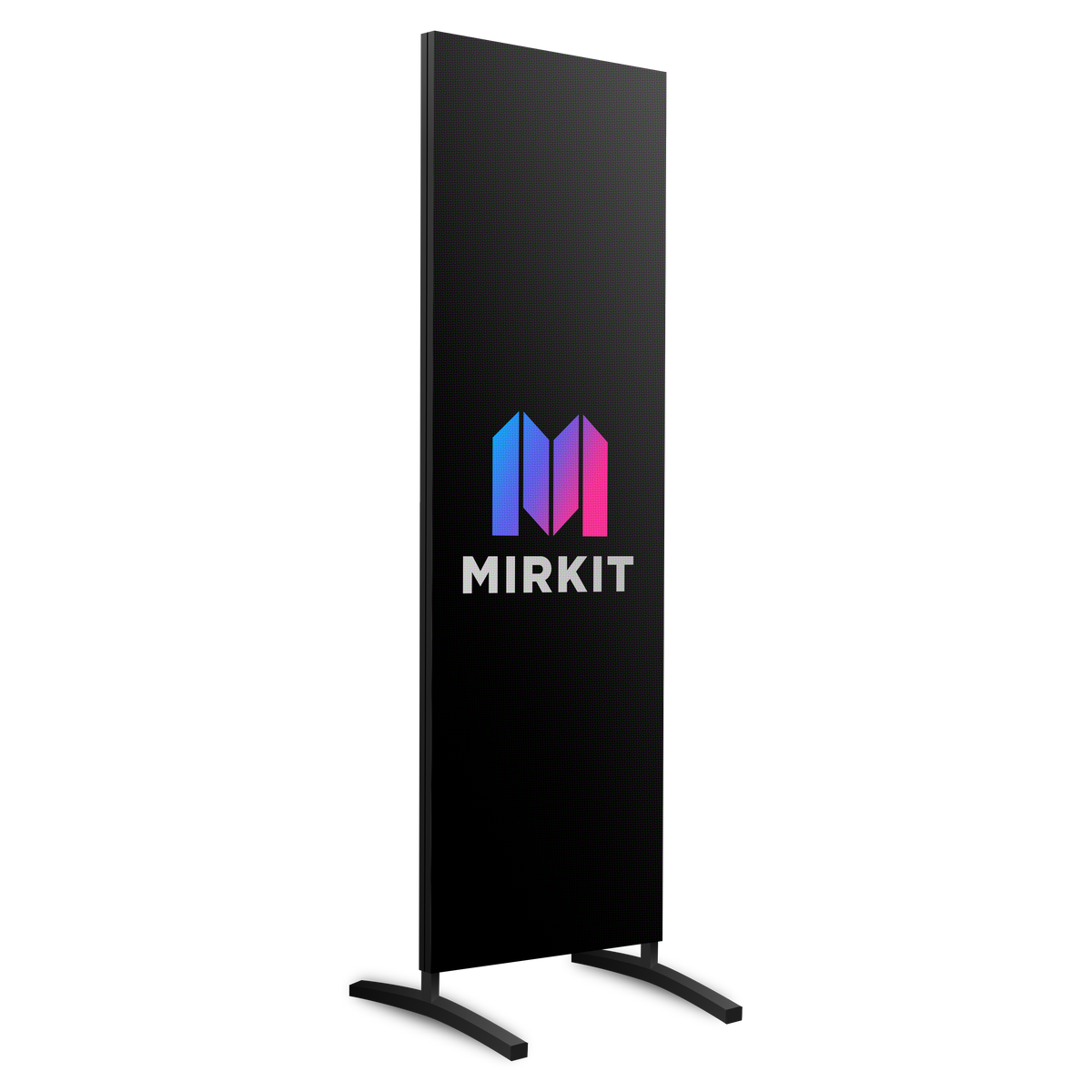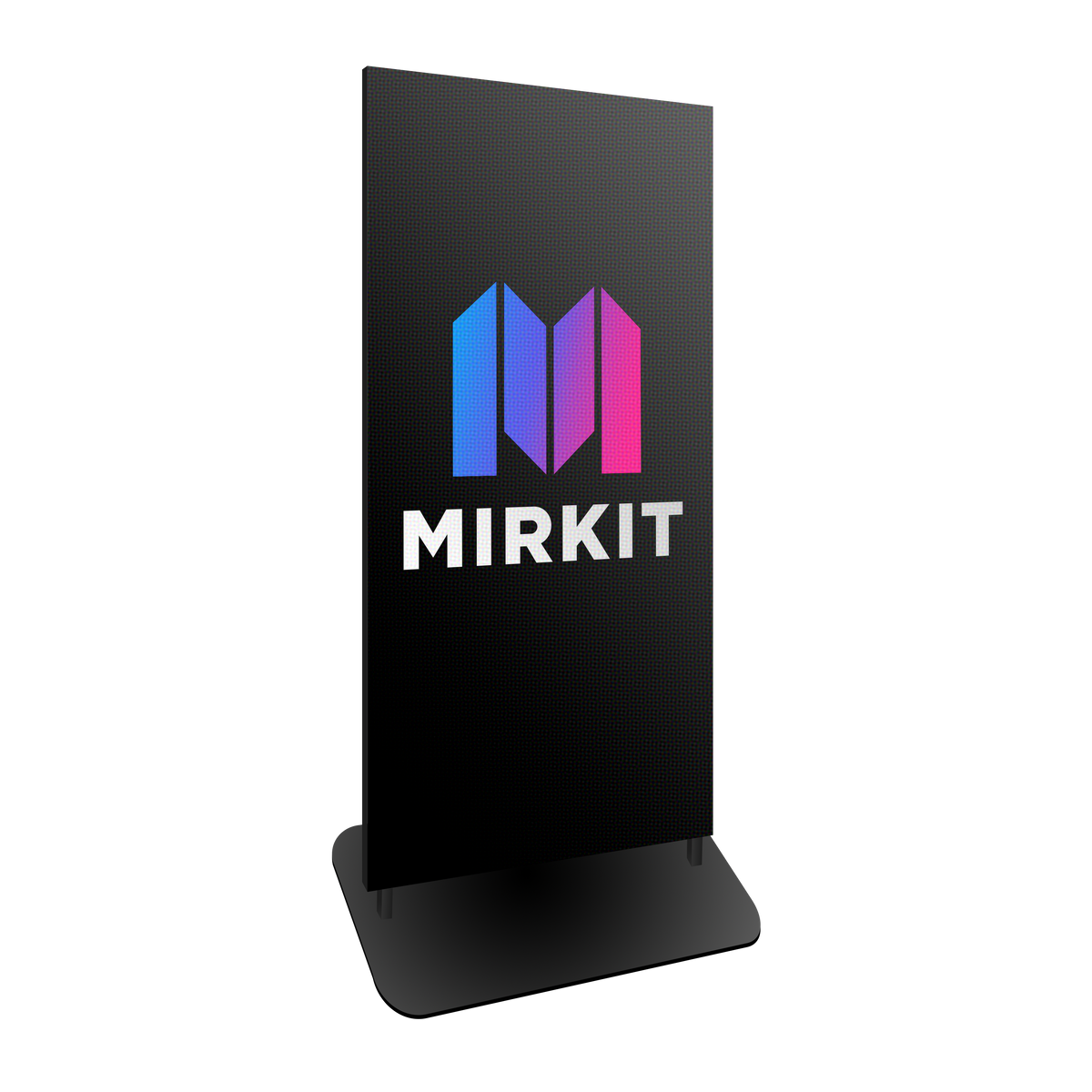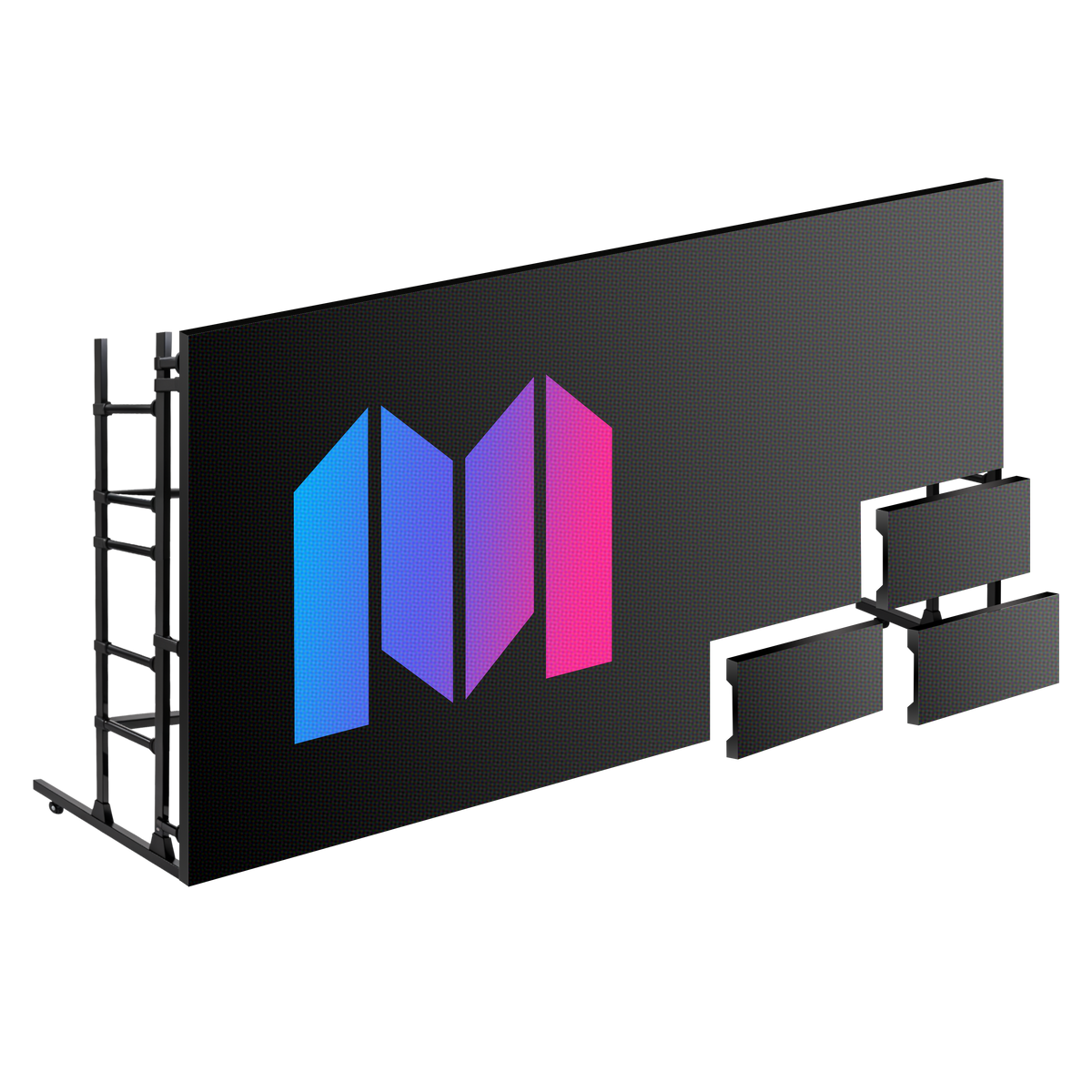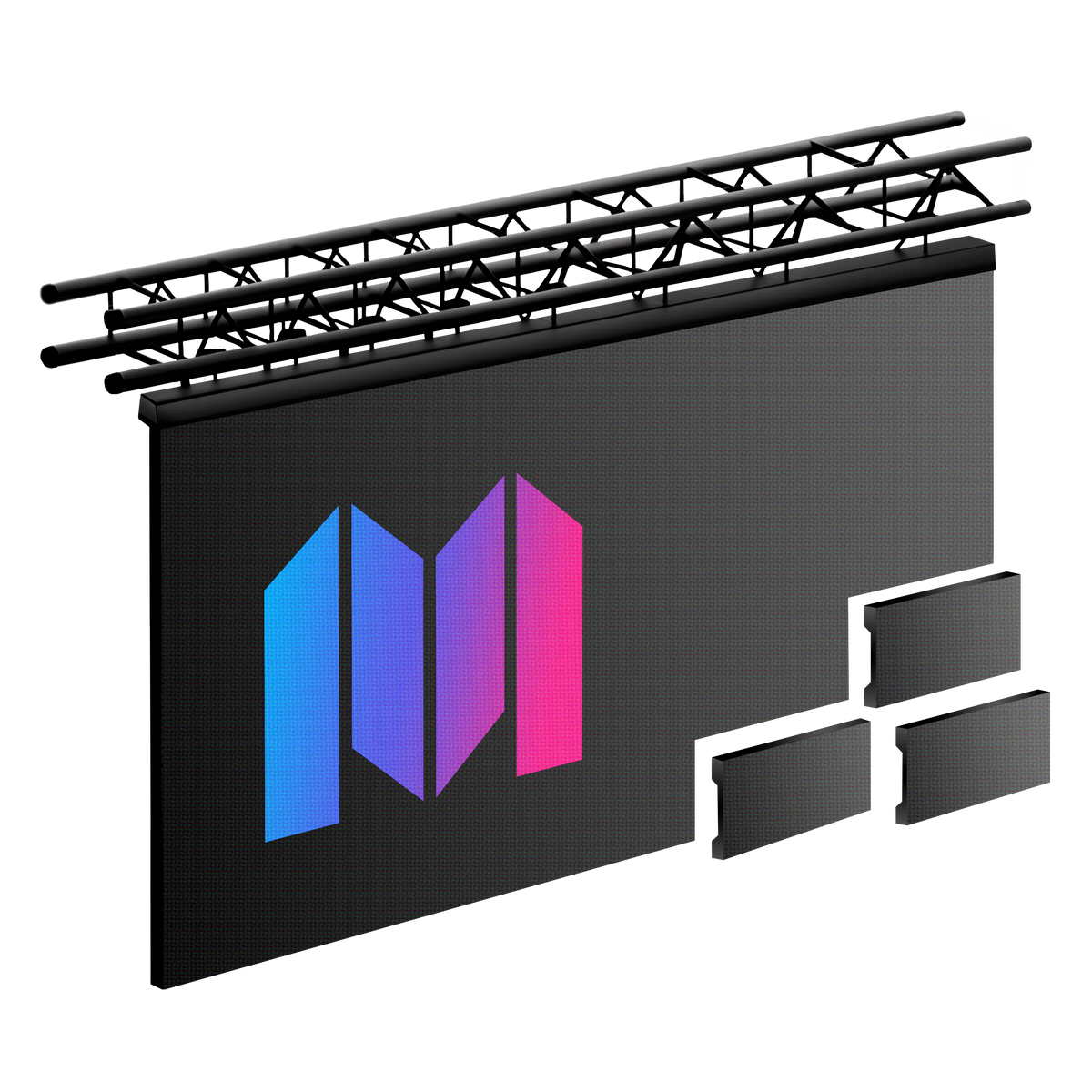Interactive LED displays are eye-catching everywhere. In schools, stores, and offices, they deliver vibrant presentations and sharp images. Yet, despite this striking light and impressive image quality, it's not just about seeing more clearly. Interactive LED displays increase information retention by 60% compared to traditional media . It's not the aesthetics that make the difference; it's this ability to transform attention into real engagement that's most surprising.
Here is a summary table to compare the main characteristics of interactive LED displays and those of traditional media, in order to better understand their differences in practice.
| Criteria | Interactive LED display | Traditional media |
|---|---|---|
| Image quality | High resolution, vivid colors | Depends on the medium, often limited |
| Interaction | Touch, multi-touch, dynamic | None or very limited |
| User Engagement | Elevated, participatory | Passive |
| Withholding of information | Up to 60% higher | Weaker |
| Content Personalization | Instant, adaptable | Complex, often fixed |
| Use of paper | Reduced, digital approach | High |
| Sectoral adaptability | Very versatile (education, retail, etc.) | Less flexible |
Table of Contents
- What is an interactive LED display?
- Why is interactive LED display important?
- How does interactive LED display work?
- Practical Applications of Interactive LED Display
- Key concepts related to interactive LED display
Quick Summary
| Awareness | Explanation |
|---|---|
| Interactive LED display improves engagement | These systems allow dynamic interaction, stimulating user involvement with the displayed content. |
| Various applications in several sectors | Useful in education, retail and business, it transforms communication and learning. |
| Memory Benefits | Information is better retained, up to 60% more compared to traditional methods. |
| Advanced touch technology | The screens are equipped with precise sensors for intuitive and fluid interactions. |
| Reduction in paper use | By promoting digital solutions, they contribute to environmental savings. |
What is an interactive LED display?
An interactive LED display is an advanced visual communication technology that combines high-resolution digital screen capabilities with interactive features that allow for direct and immediate interaction with the displayed content. These devices use light-emitting diodes (LEDs) as the technological basis, delivering superior image quality and exceptional brightness.
Definition and main characteristics
Interactive LED displays are distinguished by several fundamental features that make them unique in the world of visual communication. These screens incorporate sophisticated touch technologies that allow users to directly manipulate the content on the screen, creating a dynamic and engaging communication experience.
Key Features:
- High-definition LED technology
- Multi-touch surface
- Crystal clear image resolution
- Possibility of direct interaction with the content
According to a recent technology study, these systems are radically transforming the way businesses and institutions communicate with their audiences, offering immersive and customizable visual experiences.
Concrete applications
Interactive LED displays are useful in many professional sectors. In retail, they enable dynamic product presentations. In education, they facilitate innovative teaching methods. In business, they enhance presentations and collaborative meetings.
To discover our interactive LED display solutions , check out our recent projects that illustrate the versatility of this revolutionary technology.
Why is interactive LED display important?
Interactive LED displays are more than just a visual communication technology. They represent a revolution in the way businesses, institutions, and organizations interact with their audiences, radically transforming the experience of transmitting and receiving information.
Impact on modern communication
These technological devices offer a unique ability to create dynamic and personalized interactions. Unlike traditional static media, an interactive LED display allows for immediate two-way communication, where the user becomes an active participant in their viewing experience.
Main advantages:
- Maximum user engagement
- Instant content personalization
- Increased memorization of the information presented
- Reduction of paper media and environmental savings
According to a Harvard Business Review study, interactive technologies increase information retention by 60% compared to traditional communication methods.
Diversity of sector applications
Interactive LED displays transcend industry boundaries, providing innovative solutions in fields as diverse as education, healthcare, retail, and corporate communications. In education, they enable immersive teaching methods. In medicine, they facilitate the sharing of complex diagnoses. In retail, they transform the customer experience.
Our interactive LED screen solutions perfectly illustrate this technological versatility, offering possibilities for adaptation to each specific professional context.
How does interactive LED display work?
Interactive LED displays rely on a complex technological architecture that combines several sophisticated electronic components to create a unique visual and interactive experience. This system integrates cutting-edge technologies to enable a smooth and intuitive interaction between the user and the displayed content.
Technological architecture
An interactive LED display operates on three key components: the LED panel, the touch system, and the data processing processor. Light-emitting diodes (LEDs) form the basis of the display, delivering exceptional image quality with vivid colors and remarkable brightness levels.
Key components:
- High-resolution LED matrix
- Multi-layer touch sensors
- Graphics Processing Unit
- Interaction Recognition System
According to an IEEE technical analysis , touch-sensing technology uses capacitive or infrared sensors that can accurately detect the position and movement of fingers on the screen.
Interaction mechanism
Every interaction on the screen triggers a complex process of recognition and signal processing. When a user touches the screen, sensors instantly identify the precise coordinates of the point of contact.
This table presents the main technological components of an interactive LED display as well as their respective roles in the overall operation of the device.
| Component | Main function |
|---|---|
| High-resolution LED matrix | Ensures the display of clear and bright images |
| Multi-layer touch sensors | Allow for precise and instantaneous detection of interactions |
| Graphics processor | Processes and interprets visual and tactile data |
| Recognition system | Identifies and analyzes user commands |
| Communication interface | Connects the screen to different devices or networks |
Discover our interactive display technology solutions that showcase the precision and sophistication of this cutting-edge technology.
Practical Applications of Interactive LED Display
Interactive LED displays have revolutionized visual communication in many industries, offering innovative solutions that transform interaction and information transmission. These versatile technologies adapt with remarkable flexibility to the specific needs of different business environments.
Education sector
In the educational field, interactive LED displays are becoming essential teaching tools. They allow teachers to create immersive and dynamic learning experiences, where students can directly interact with educational content. These displays facilitate the visualization of complex concepts, encourage active participation, and make learning more fun and engaging.
Educational benefits:
- Interactive visualization of scientific concepts
- Active participation of students
- Adapting to different learning styles
- Simplified integration of multimedia content
According to academic research , these digital devices are profoundly transforming traditional teaching methods by promoting a more collaborative and interactive approach.
Professional and commercial fields
Businesses and retailers are now using interactive LED displays as strategic communication and marketing tools. In retail spaces, these screens enable dynamic product presentations. In corporate environments, they facilitate collaborative presentations and remote meetings.

Main sectors of application:
- Retail and product presentation
- Corporate communication
- Digital signage
- Reception and exhibition areas
Discover our deployment case studies that illustrate the versatility of these technologies in different professional contexts.
Key concepts related to interactive LED display
Interactive LED displays represent a complex technological ecosystem based on several fundamental concepts. Understanding these principles provides a better understanding of the sophistication and potential of these advanced visual communication devices.
![]()
Technology and Terminology
Interactive LED displays are built around specific technical concepts that define their performance and capabilities. LED (Light Emitting Diode) technology is the foundation of these systems, delivering exceptional brightness and remarkable color reproduction.
Essential technical concepts:
- LED pixel matrix
- Resolution and Pixel Density
- Capacitive touch technology
- Graphics Processing Unit
- Communication interfaces
According to a specialized technical lexicon , these terms precisely define the characteristics and performances of digital interactive display devices.
Principles of interaction
Interaction on these screens relies on particularly sophisticated motion detection and recognition mechanisms. Touch sensors use advanced technologies such as capacitive or infrared detection, allowing precise and instant recognition of contacts and movements.
Main interaction mechanisms:
- Multi-point recognition
- Pressure detection
- Gesture tracking
- Dynamic calibration of the touch surface
Explore our interactive technologies to understand how these principles translate into our business solutions.
Move from theory to experience with the Mirkit interactive LED display
You now understand how interactive LED displays enable modern, engaging, and effective communication, but effectively integrating them into your professional space remains a challenge. You want to capture your visitors' attention with crisp images and intuitive interactions, while ensuring reliable installation and tailored support. Don't let technical complexity or a lack of customization hold back the potential of your digital solutions.
Discover our flexible LED screen rental options, perfectly suited to product presentations, signage, or your events. Benefit from our team's advice to choose between indoor panels, custom-made devices, and immersive LED walls. Offer your audience a next-generation visual experience, aligned with your objectives and the key concepts of interactivity discussed in this article.
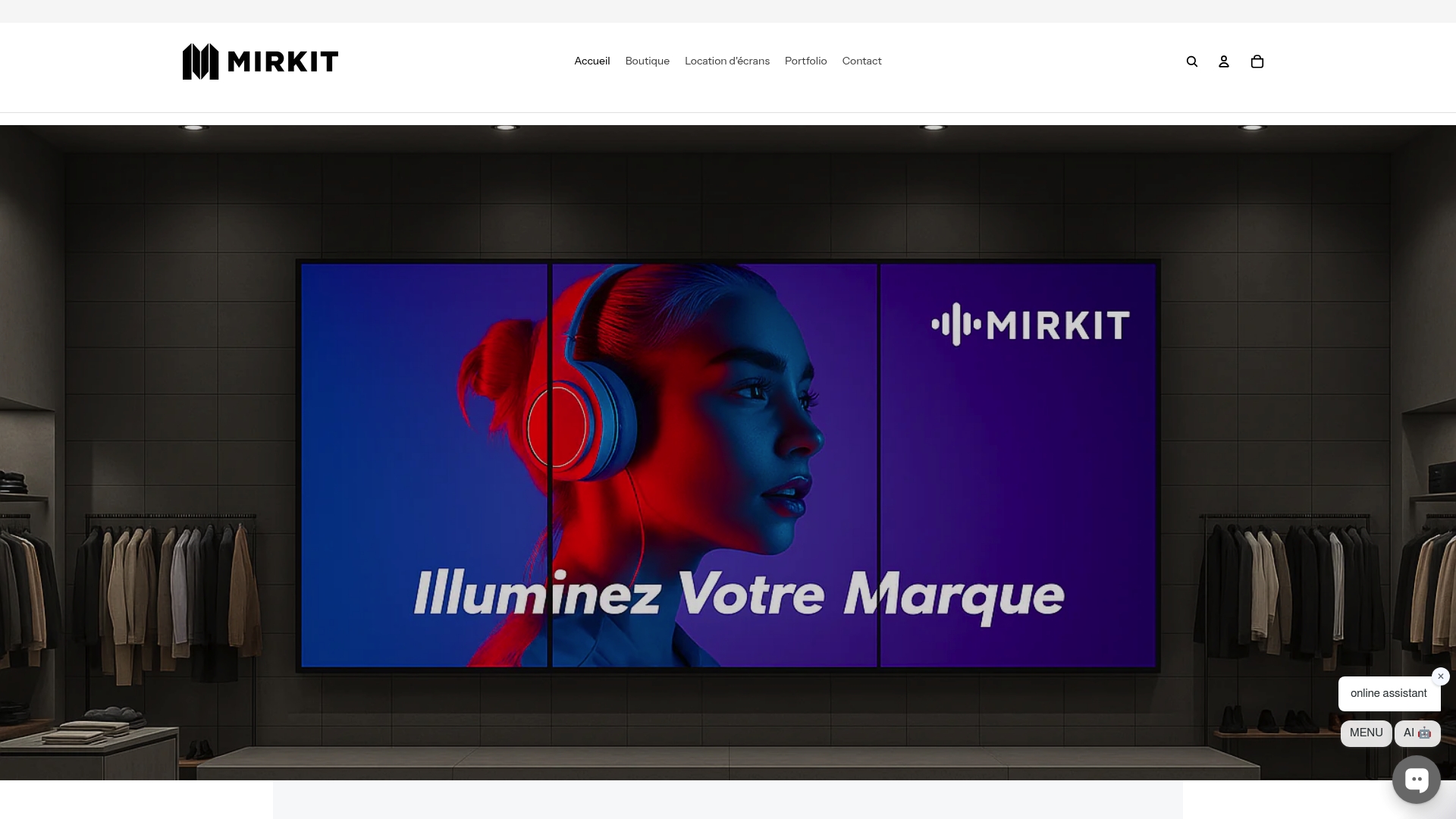
Don't wait any longer to bring your projects to life and boost your visibility. Choose performance with Mirkit.fr and explore the latest innovations in professional LED walls on our dedicated page. Contact us today for a fast, personalized solution.
Frequently Asked Questions
What is an interactive LED display?
An interactive LED display is a visual communication device that uses light-emitting diodes (LEDs) to display high-quality, interactive content, allowing users to interact directly with the information presented.
How does interactive LED display work?
The interactive LED display works with an LED panel, a touch system, and a data processing processor. When the user touches the screen, sensors detect the location of the contact and the processor generates an appropriate response.
What are the main benefits of interactive LED displays for businesses?
Key benefits include increased user engagement, instant content personalization, and improved retention of the information presented, which overall improves communication effectiveness.
In which sectors is interactive LED display most commonly used?
Interactive LED displays are used in various industries, including education, retail, corporate communications, and healthcare, transforming the way information is shared and communicated.
